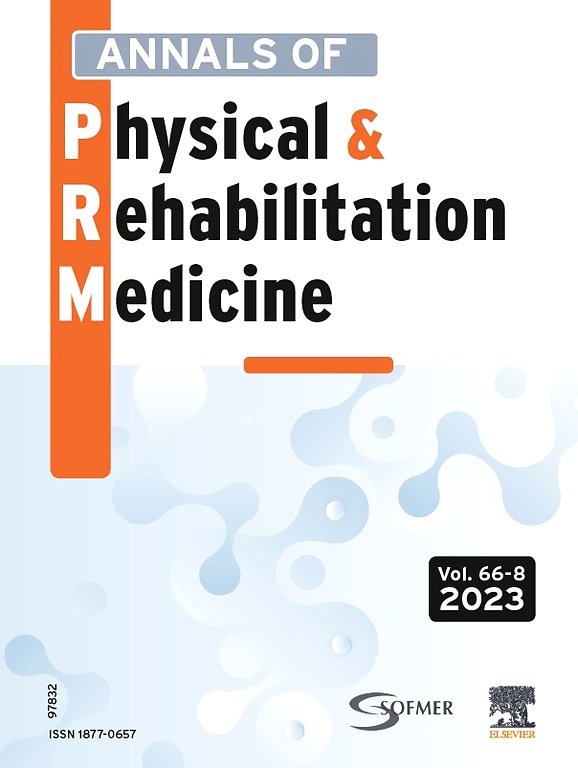
Gaseous and traditional forms of cryotherapy provide similar outcomes following TKA

Gaseous and traditional forms of cryotherapy provide similar outcomes following TKA
Comparison of gaseous cryotherapy with more traditional forms of cryotherapy following total knee arthroplasty
Ann Phys Rehabil Med. 2012 May;55(4):229-40. doi: 10.1016/j.rehab.2012.03.004. Epub 2012 Apr 5Did you know you're eligible to earn 0.5 CME credits for reading this report? Click Here
OE EXCLUSIVE
Dr. Demoulin discusses gaseous and traditional forms of cryotherapy in TKA
Synopsis
66 patients, who underwent TKA, were randomized into three groups to receive different types of cryotherapy therapy, to assess differences in functional outcomes. Patients underwent gaseous cryotherapy, cryotherapy using a gel pack, or cryotherapy using a Cryocuff water circulating device several times daily for 7 days following surgery. Results between the different cryotherapy techniques were si...
To view the full content, login to your account,
or start your 30-day FREE Trial today.
FREE TRIAL
LOGIN
Forgot Password?
Explore some of our unlocked ACE Reports below!

Learn about our AI Driven
High Impact Search Feature
Our AI driven High Impact metric calculates the impact an article will have by considering both the publishing journal and the content of the article itself. Built using the latest advances in natural language processing, OE High Impact predicts an article’s future number of citations better than impact factor alone.
Continue



 LOGIN
LOGIN

Join the Conversation
Please Login or Join to leave comments.